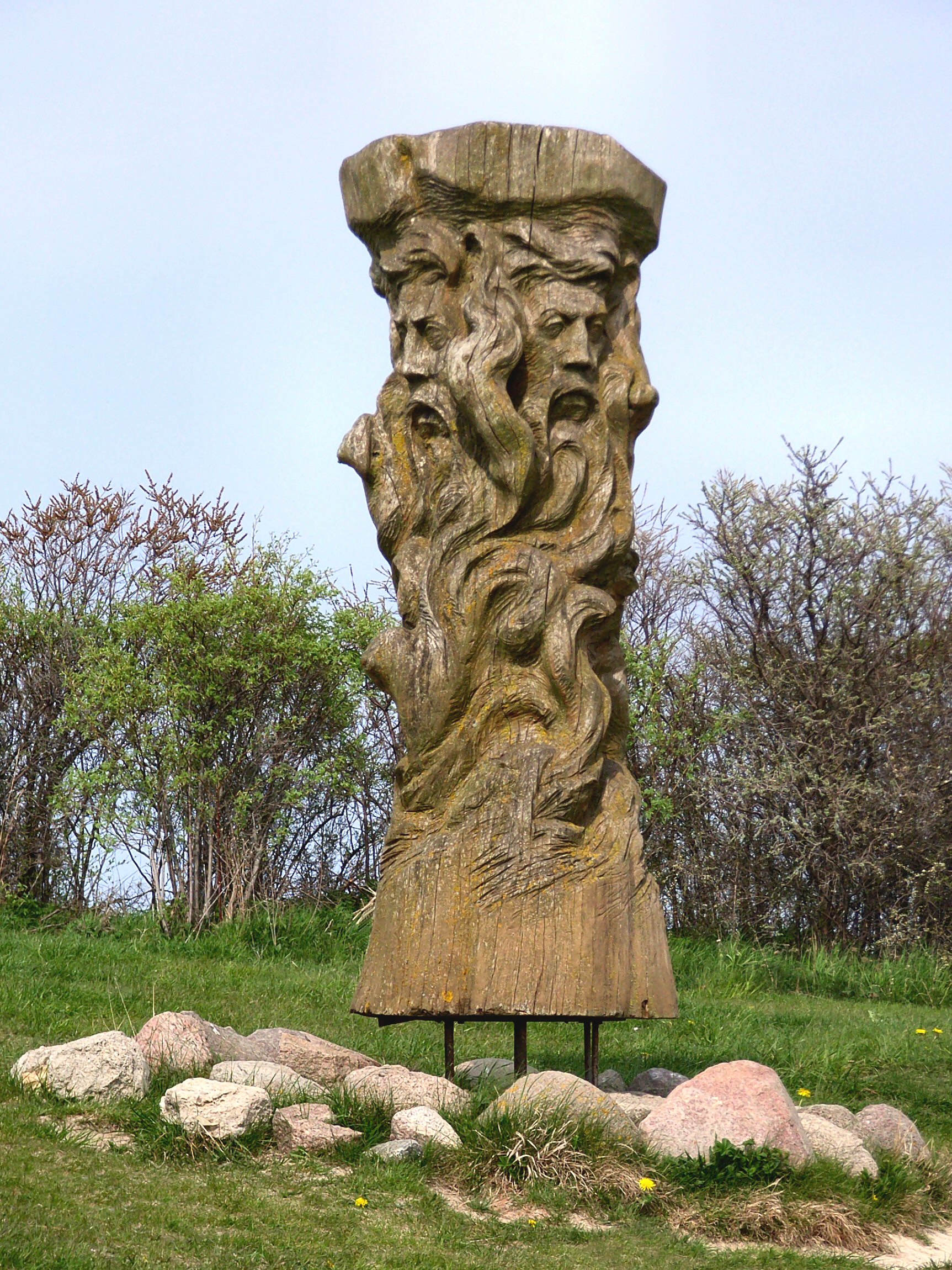
Svantevit
The Jaromarsburg was a cult site for the Slavic tribe of Rani dedicated to the god Svantovit and used from the 9th to the 12th century. It was located on the northeastern tip of the Baltic Sea island of Rügen at Cape Arkona, and was protected on two sides by the cliffed coast and from the land side by a Slavic burgwall .
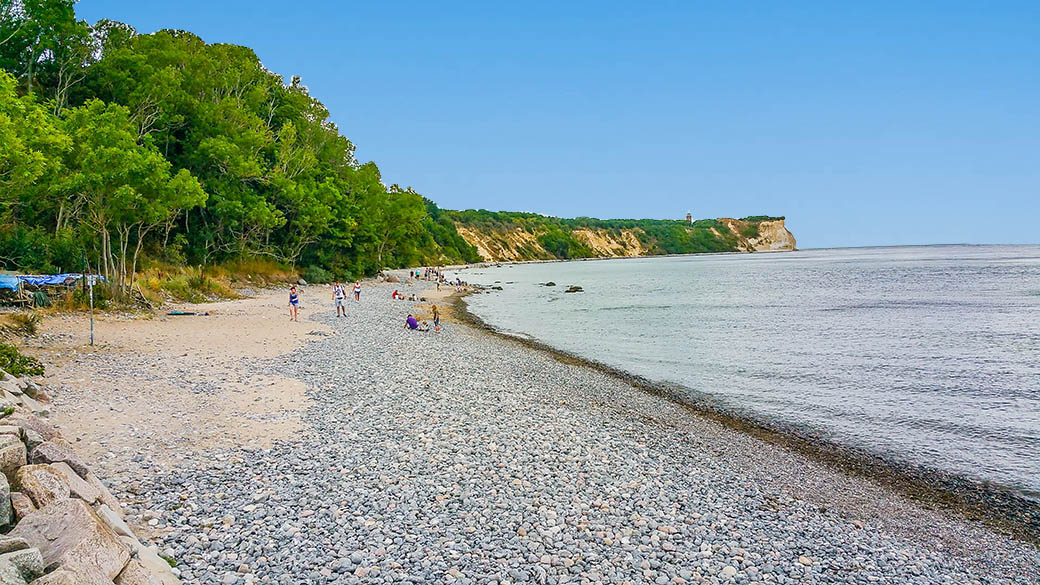
Fotoalbum Kap Arkona
Moin moin vom Wikingerfest Kap Arkona!"Schlacht um Svantevit" 14. - 16. Juli 2023Wikingerfest am Burgwall der Jaromarsburg / PeilturmNach einer gelungenen Pr.
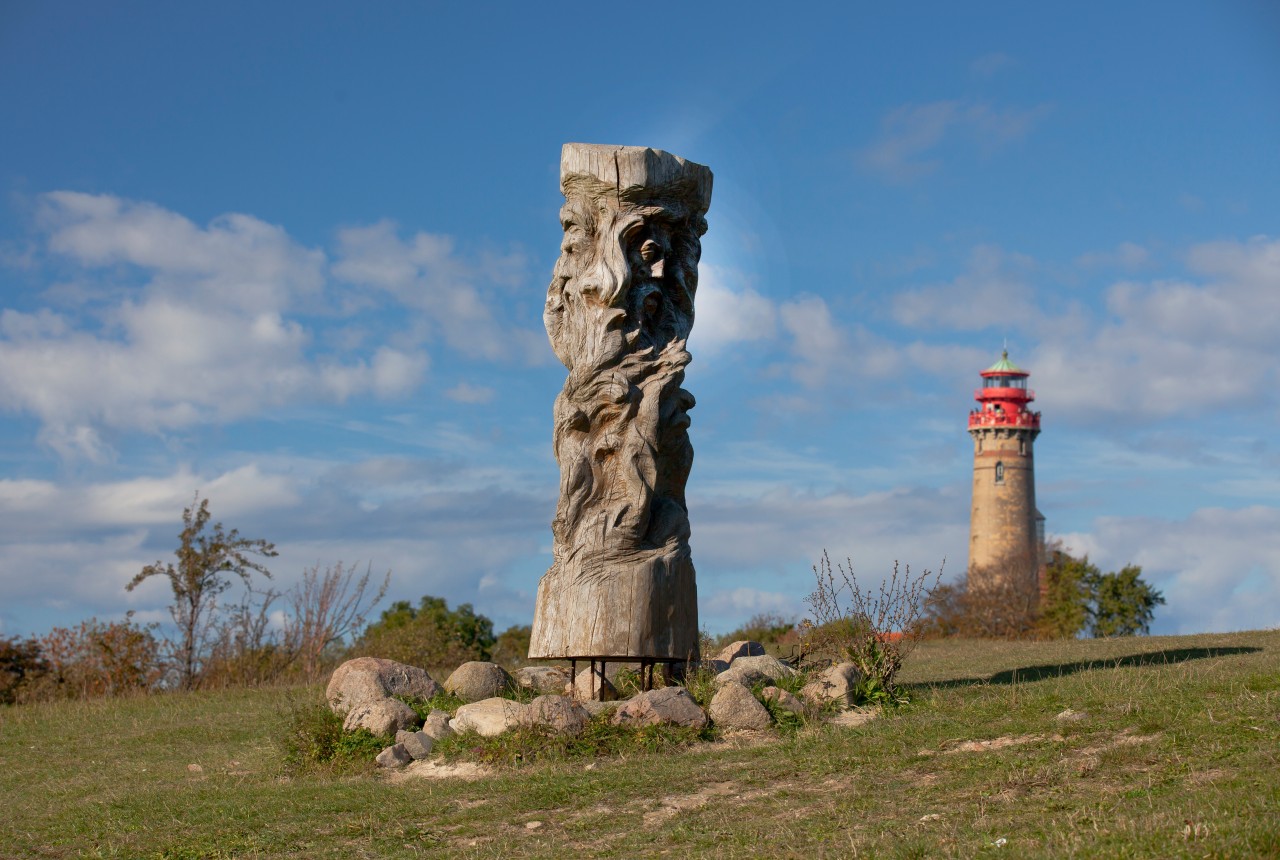
Rügen hatte ewig Ärger wegen dieses Wahrzeichens nun ist es zurück moin.de
Insel Rügen hat neues Wahrzeichen: Svantevit grüßt wieder vom Kap Arkona. Nach jahrelanger Verzögerung nahm sich die Künstlerin Patrycja Kujawowicz der Fertigstellung der drei Meter hohen.
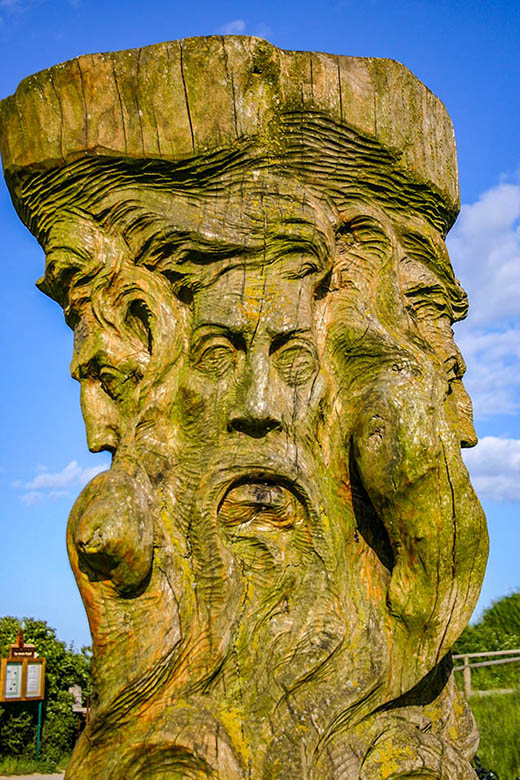
Besondere Orte Kap Arkona
Svantovit (auch Svantevit, Swantewit, Sventevit, Svetovit, Svatovit, Świętowit, Svątevit, Suvid oder Святовит) ist eine slawische Gottheit. Er war der Kriegsgott, Orakelspender und die oberste Gottheit der Ranen auf Rügen und anderer Elb- und Ostseeslawen, vergleichbar mit dem obersten Gott Perun anderer slawischer Stämme.
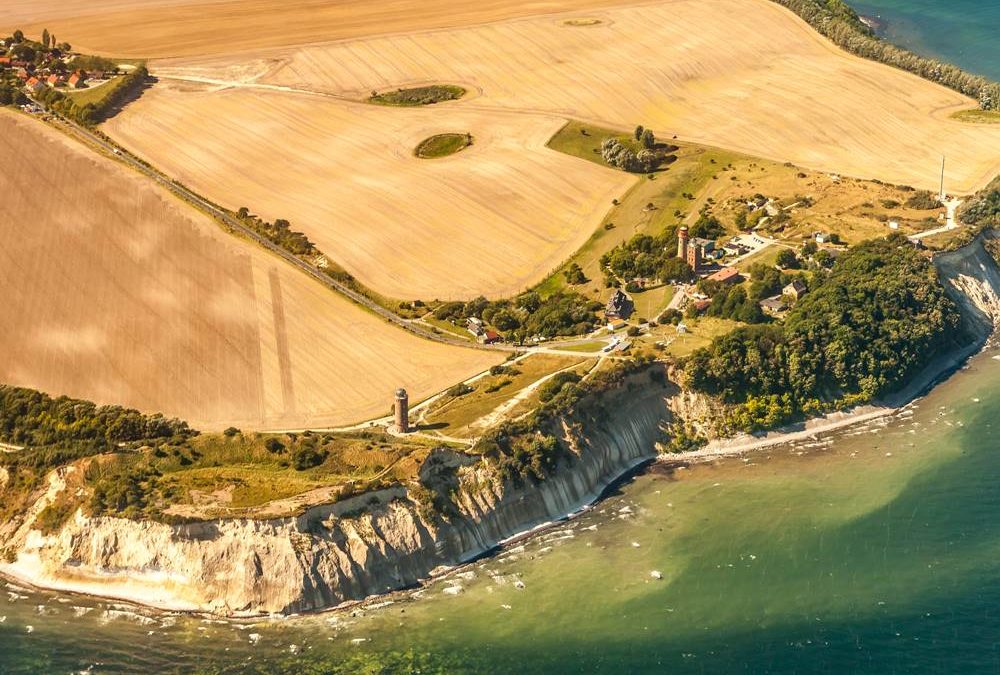
Kap Arkona auf Rügen Wandertipps, Highlights, Parkmöglichkeiten Geheimtipps und Reisetipps
In 1933, Rudolph purchased a secret recipe for yeast-raised doughnuts from a New Orleans-French chef and opened a doughnut shop in Paducah, Kentucky. Rudolph soon moved to Winston-Salem, NC, (some say Camel cigarettes attracted him to the city) where he opened the first Krispy Kreme on July 13, 1937. From a rented building in what is now.

Wooden sculpture of the fourheaded slavic god Svantovit at the slavic mound of Kap Arkona Stock
Svetovit, Sventovit, Svantovit is the god of abundance and war, and the chief god of the Slavic tribe of the Rani, and later of all the Polabian Slavs. His organized cult was located on the island of Rügen, at Cape Arkona, where his main temple was also located.
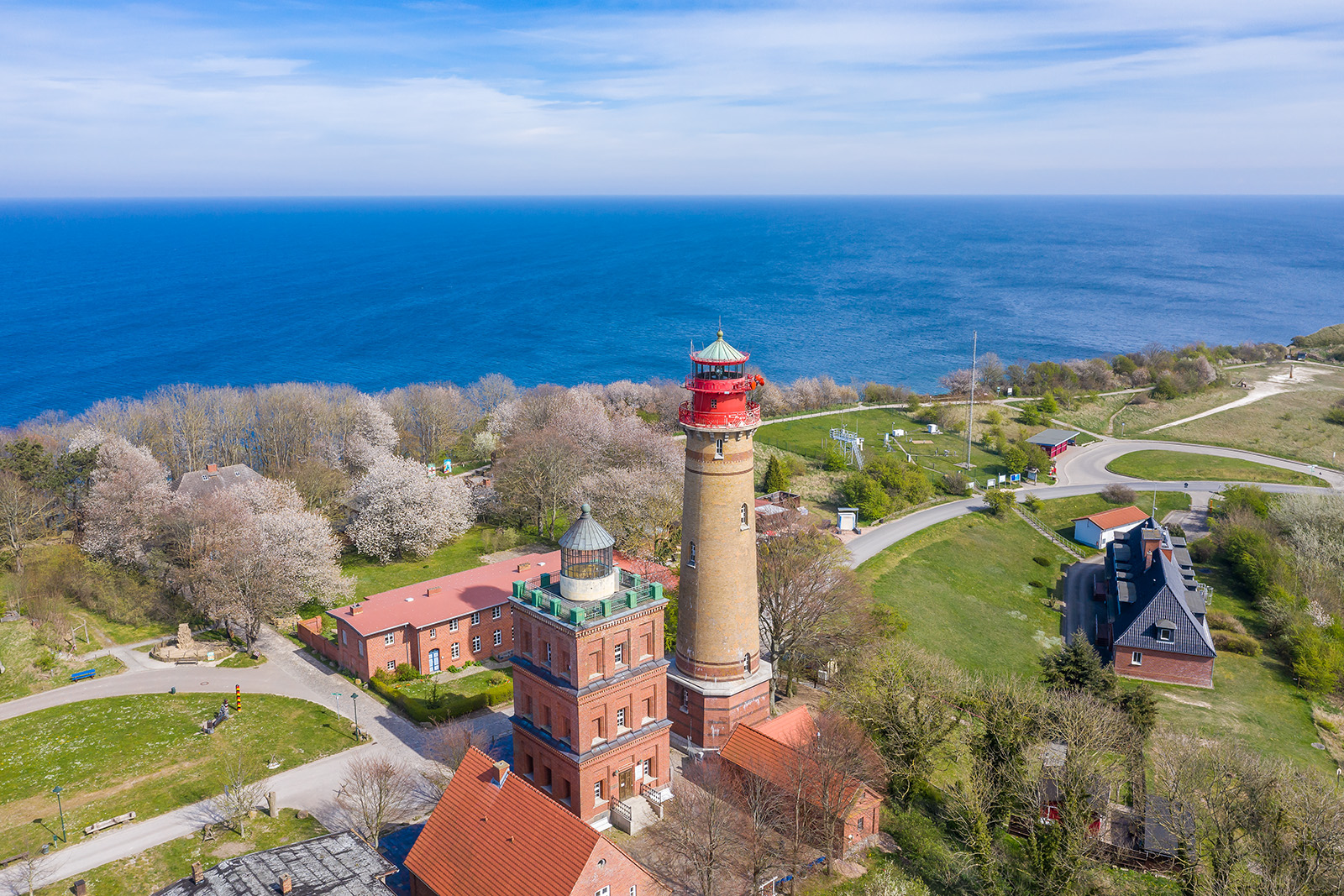
BildNr. 2663 Kap Arkona Rügenfotos.de
Bishop Absalon topples the god Svantevit at Arkona in 1169 From the 9th [1] to the 12th centuries, the Jaromarsburg was a cult site for the Rani, a Slavic tribe, which was dedicated to their god Svantevit. Located at the tip of the cape, it was protected on three sides by cliffs and from the land side by a 25-metre-high burgwall.

Cult place with a replica of a Svantevit statue, idol of Slavs with four heads, Jaromarsburg
Arkona, også kaldet Jaromars Borg (tysk: Jaromarsburg ), var vendernes borg på Rügen, og et kultsted for guden Svantevit, der dyrkedes i form af en kæmpemæssig træstatue, som af Saxo Grammaticus er beskrevet som havende 4 hoveder. Borgen var naturligt beskyttet i form af en næsten lodret klinteskrænt ned mod Østersøen.
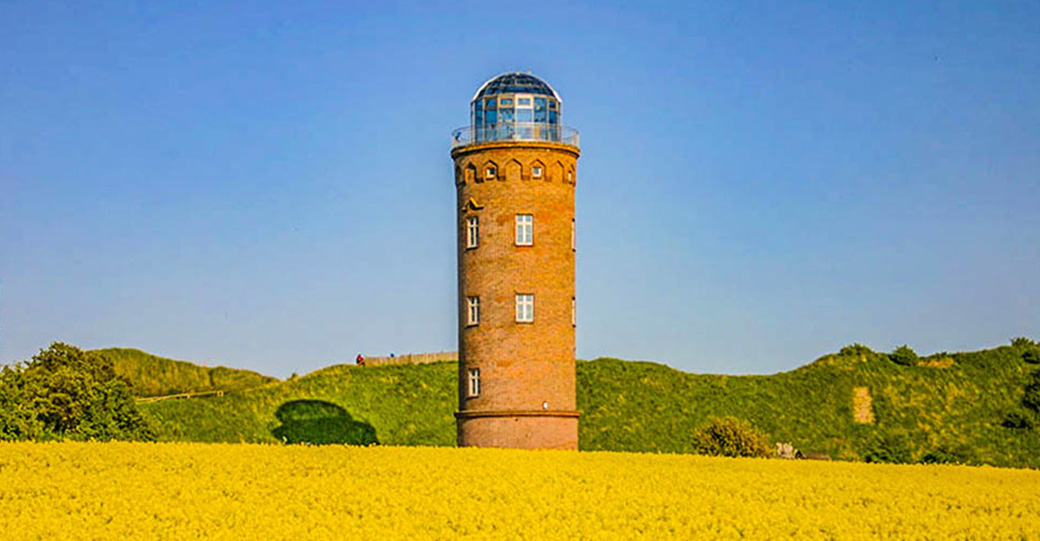
Besondere Orte Kap Arkona
Where are Swantevit's treasures? Who rode the "sacred" horse? And how did the temple castle meet its end 850 years ago? The hike, with its accompanying AudioWalk (available in German only) "auf Zwantevits Spuren", leads along various stations from Putgarten to Kap Arkona, providing exciting insights into the history of the region.

Gott Skulptur Svantevit, Jaromarsburg am Kap Arkona, Wittow, Insel Rügen, MecklenburgWestern
Bishop Absalon topples the god Svantevit at Arkona Illustration by Laurits Tuxen published on 23 August 2014 Download Full Size Image Painting by Laurits Tuxen showing a Christian Bishop displacing an image of the pagan Slavic deities during the Christianisation process of the Slavic culture.
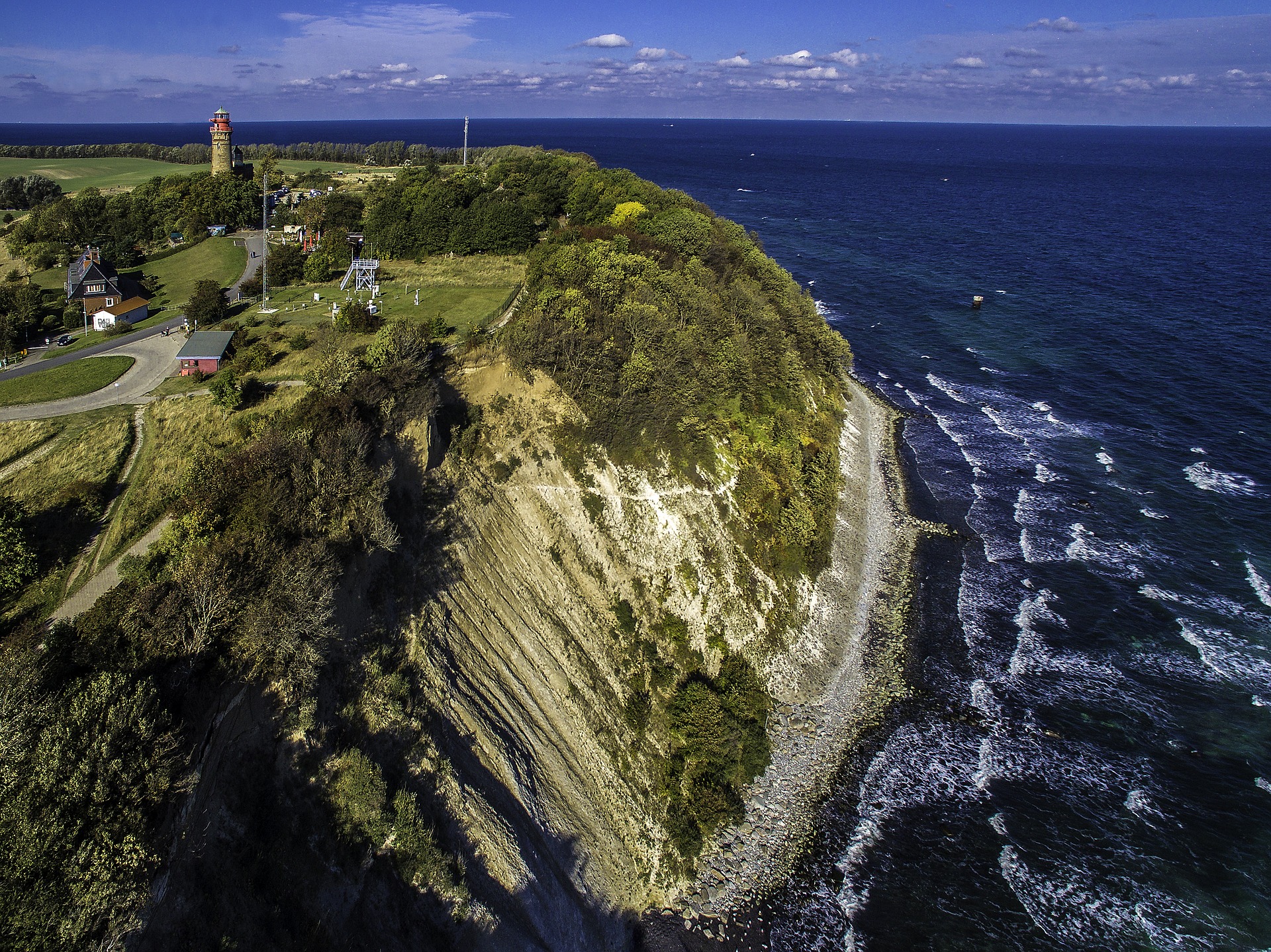
Am Kap Arkona eine sagenhafte Aussicht genießen Mit Vergnügen Berlin
Svantevit. Am Kap Arkona erinnert der hölzerne Götze Svantevit an Rügens heidnische Slawenzeit, die 1168/1169 endete. Dänen belagerten die Burg von Kap Arkona und nahmen sie nach Ausbruch einer Feuersbrunst in Besitz. Sie zerstörten anschließend den Götzentempel im Inneren der Burg und brachten den hölzernen Svantevit in ihr Lager.

Svantovit High Resolution Stock Photography and Images Alamy
Svantevit-statue made by Marius Grusas at the cape Arkona on the island Rügen (reproduction). Image credit: Lapplaender - CC BY-SA 3.0 DE. Svantevit was depicted with four necks and four heads, two of them facing in front and two behind.Multiple heads were the most crucial feature of the Slavic pantheon of gods.
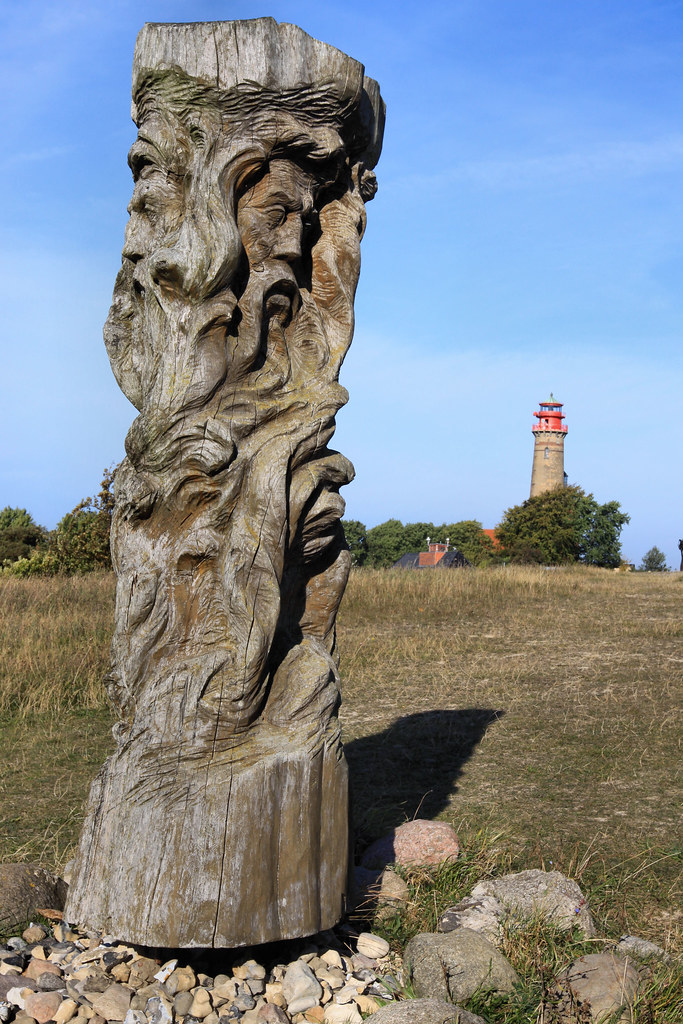
Skulptur Svantovit Kap Arkona Insel Rügen Stefan Flickr
English: Svantevit-statue made by Marius Grusas at the cape Arkona on the island Rügen (reproduction) Deutsch: Freie künstlerische Nachbildung der Svantevit-Statue am Kap Arkona auf der Insel Rügen; die mittelalterlichen Originale von Svantevit-Statuen zeigen sich im archäologischen Befund sehr viel schlichter, nämlich balkenähnlich.

Kap Arkona auf Rügen Tipps, Infos & wandern Travelinspired
Arkona, West Slavic citadel-temple of the god Svantovit, dating from the 9th-10th century ad and destroyed in 1168/69 by Christian Danes when they stormed the island of Rügen in the southwestern Baltic.
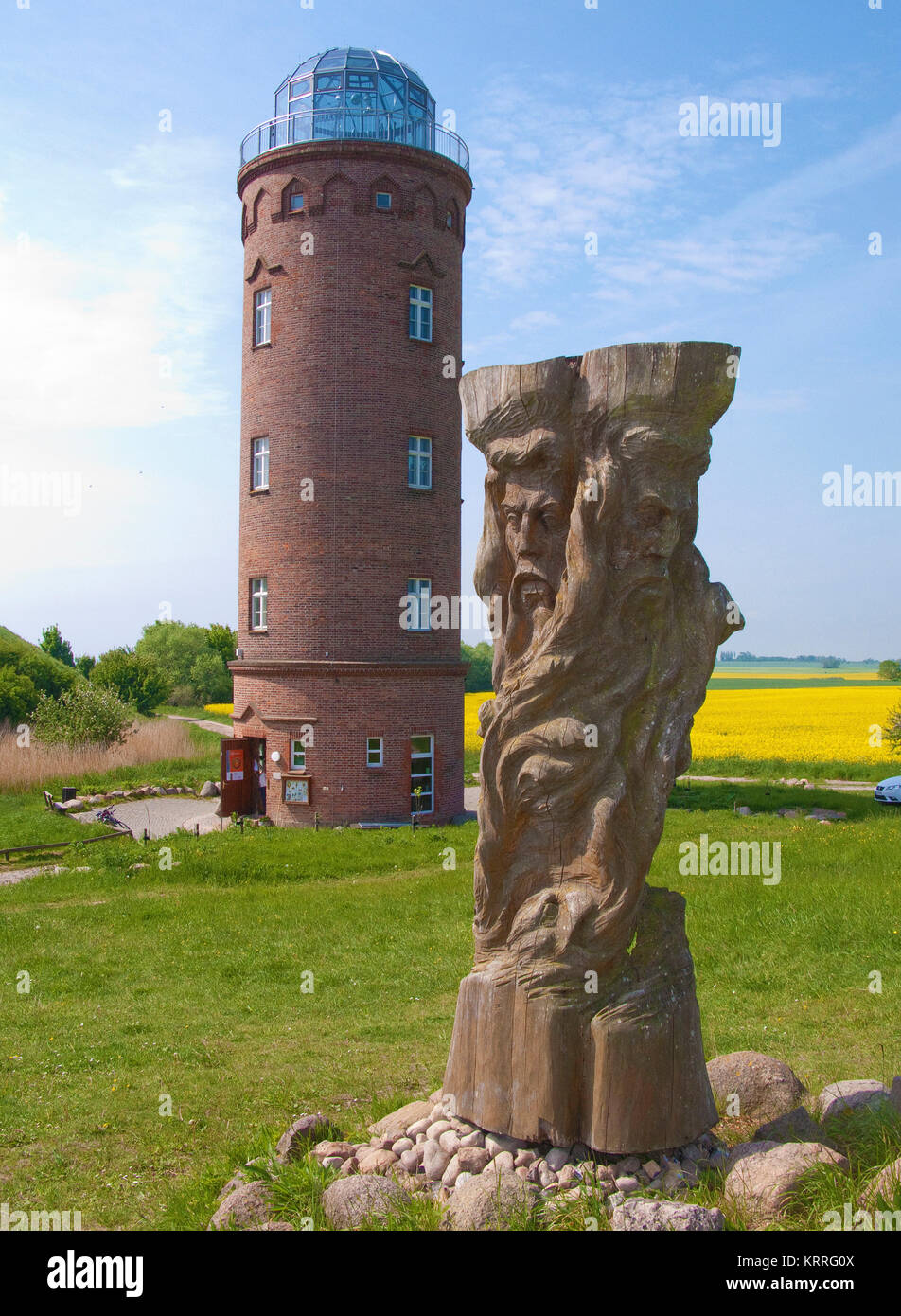
Svantovit, slawischen Gott Skulptur an der slawischen Burg, Turm, Kap Arkona, das Nordkap, Insel
Pamlico County (1872) Settled in the early-eighteenth century by Welsh, Swiss, French, English, and German immigrants, Pamlico County was originally occupied by the Algonquian and Pampticoe (or Pamlico). These tribes referred to their land as "TaTaku" or "where the land and the sea meet the sky.". The Pamlico tribe nearly dissipated.

Svantovit, Slav Sculpture at Kap Arkona, Ruegen Stock Photo Image of stake, ruegen 42109162
Den vendiske fæstning Arkona på øen Rügen, med hovedhelligdom for guden Svantevit, blev erobret af danskerne den 15. juni 1169. Efter et tidligere fredeligt samkvem med naboerne blev venderne i tidlig middelalder hårdt presset fra vest og syd af forskellige tyske folk, der forenede kristen mission med erobring.